Knives are essential tools that come in various shapes and sizes, catering to different needs and preferences. Whether you're looking for a trusty companion for outdoor activities, everyday tasks, or kitchen preparation, selecting the right knife is crucial. In this guide, we'll delve deep into the world of knives, particularly focusing on pocket knives, helping you make an informed decision tailored to your specific needs.
Understanding the Different Types of Knives
Before you can choose the right knife, it’s important to understand the different types available. Each knife serves a unique purpose and comes with its own set of features. Below are some common categories of knives to consider:
Utility Knives
Utility knives, often known as pocket knives, are versatile tools that can handle a variety of tasks. Their foldable nature makes them portable and easy to carry, making them ideal for everyday use in both urban and rural settings.
Kitchen Knives
Kitchen knives are designed specifically for food preparation. They come in various styles, including chef's knives, paring knives, and bread knives. Each type has a specific function, so it’s vital to choose according to your cooking habits.
Outdoor Knives
Outdoor knives are designed with ruggedness in mind. Whether you're camping, hiking, or hunting, these knives are essential for survival situations. They often feature added functionalities like serrated edges or gut hooks.
Specialty Knives
Specialty knives serve distinct tasks, such as fishing, carving, or woodworking. These knives can range from fillet knives to carving knives, and knowing your specific requirement will help in selecting the best option.
Key Features to Consider
Now that you are familiar with the various types of knives, it's important to consider specific features that will best suit your needs. Here are the essential features to examine when choosing a knife:
Blade Material
- Stainless Steel: This material is resistant to corrosion, making it ideal for kitchen knives and outdoor knives.
- Carbon Steel: Known for its sharp edge retention, carbon steel is excellent for heavy-duty tasks but requires more maintenance.
- Alloy Steels: These materials combine properties of different metals, providing a balance of hardness and durability.
Blade Type
The blade of a knife can come in various shapes, including drop point, clip point, and tanto. Each blade provides different benefits, so consider your intended use when making a choice.
Handle Comfort
A knife is only as good as how comfortable it feels in your hand. Look for materials such as rubber, wood, or textured synthetic materials that ensure a good grip. The ergonomics of the handle can significantly affect usability, especially during prolonged use.
Weight and Size
The weight and size of the knife should align with your carrying preferences. If you prefer portability, pocket knives are a great choice as they are lightweight and compact. On the other hand, larger fixed-blade knives provide more strength for heavy-duty tasks.
When to Use a Pocket Knife
Pocket knives are versatile and can be used for a myriad of tasks due to their compact size and folding mechanism. Here are some common scenarios when you might reach for your pocket knife:
- Everyday Tasks: From opening packages to fixing minor issues around the house, a pocket knife can be your go-to tool.
- Outdoor Activities: Camping and hiking enthusiasts find pocket knives indispensable for tasks like cutting rope, preparing food, or even first-aid needs.
- Craft Projects: Whether you're crafting or bartering, a pocket knife can help you make intricate cuts and execute precise actions.
How to Properly Maintain Your Knife
Once you've chosen the right knife, maintaining it is crucial for its longevity and performance. Here are key maintenance tips to keep in mind:
Cleaning
Always clean your knife after each use. A simple wash with mild soap and water will remove dirt and residues. For pocket knives, make sure they are fully extended to clean the blades effectively.
Sharpening
Keeping the blade sharp ensures it performs optimally. Regular honing can be done with a whetstone or sharpening tool. A well-maintained edge makes cutting easier and safer.
Storage
When not in use, store your knife in a safe place. For pocket knives, consider a dedicated pouch or holster that keeps the blade protected and prevents accidental injuries.
Legal Considerations
Before purchasing a knife, it's important to understand the legal implications in your region. Knife laws can vary significantly, and it's essential to be aware of which knives are legal to carry and use. Always check local regulations regarding:
- Blade Length
- Type of Knife
- Carrying Methods
Wrapping it Up: A Slice of Wisdom
Choosing the right knife is not just a matter of preference; it requires a thoughtful approach based on your needs and lifestyle. Whether it’s a pocket knife for your daily tasks, a devoted kitchen knife for your culinary adventures, or a rugged outdoor knife for your camping trips, understanding the types, features, and maintenance involved can elevate your experience and ensure your knife remains a trustworthy companion for years to come. Remember, a well-chosen knife isn’t just an instrument; it’s an extension of your capabilities. So, choose wisely and enjoy the perfect slice of life!








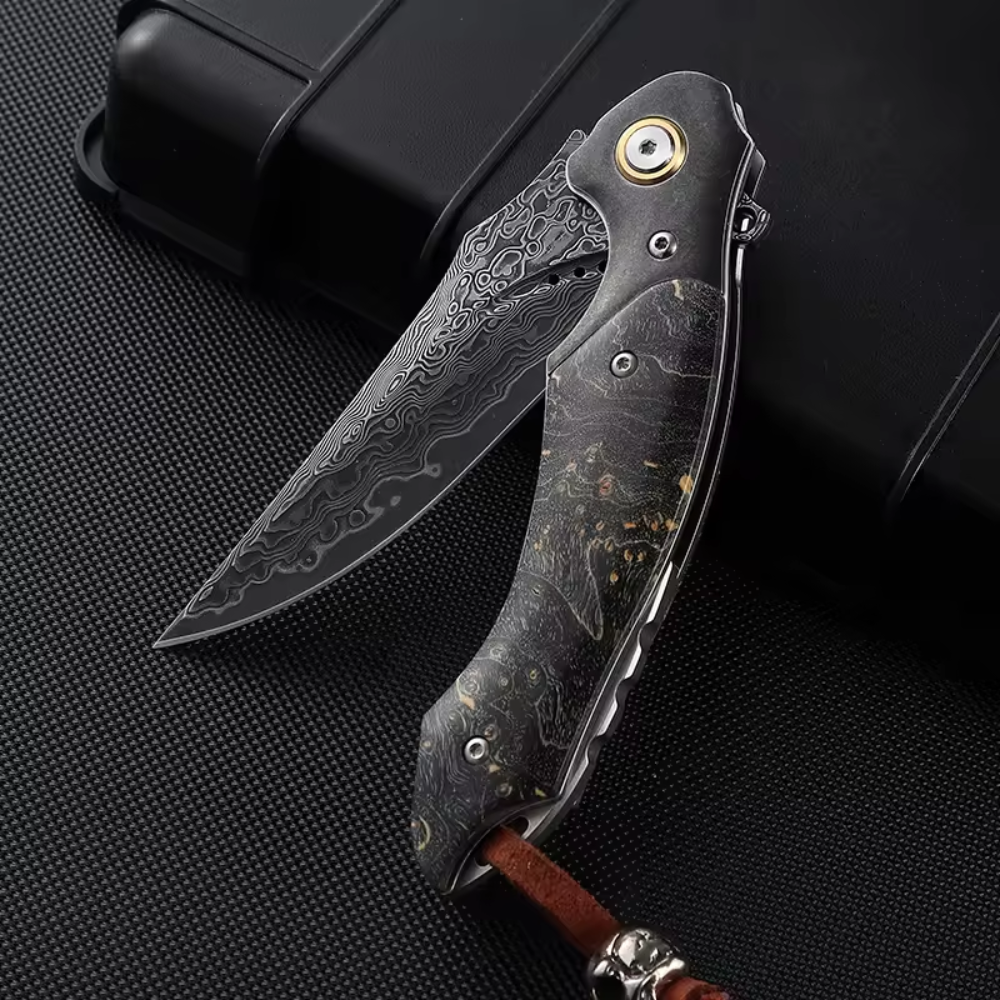


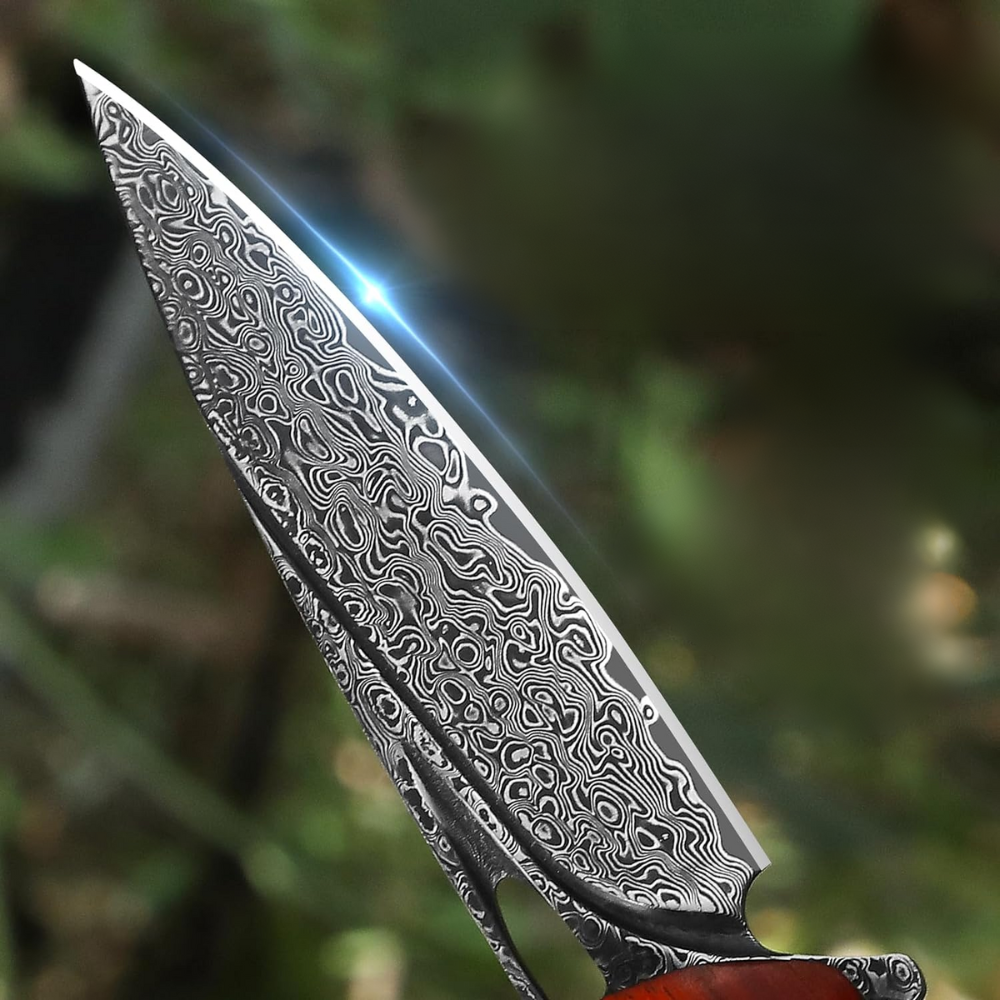








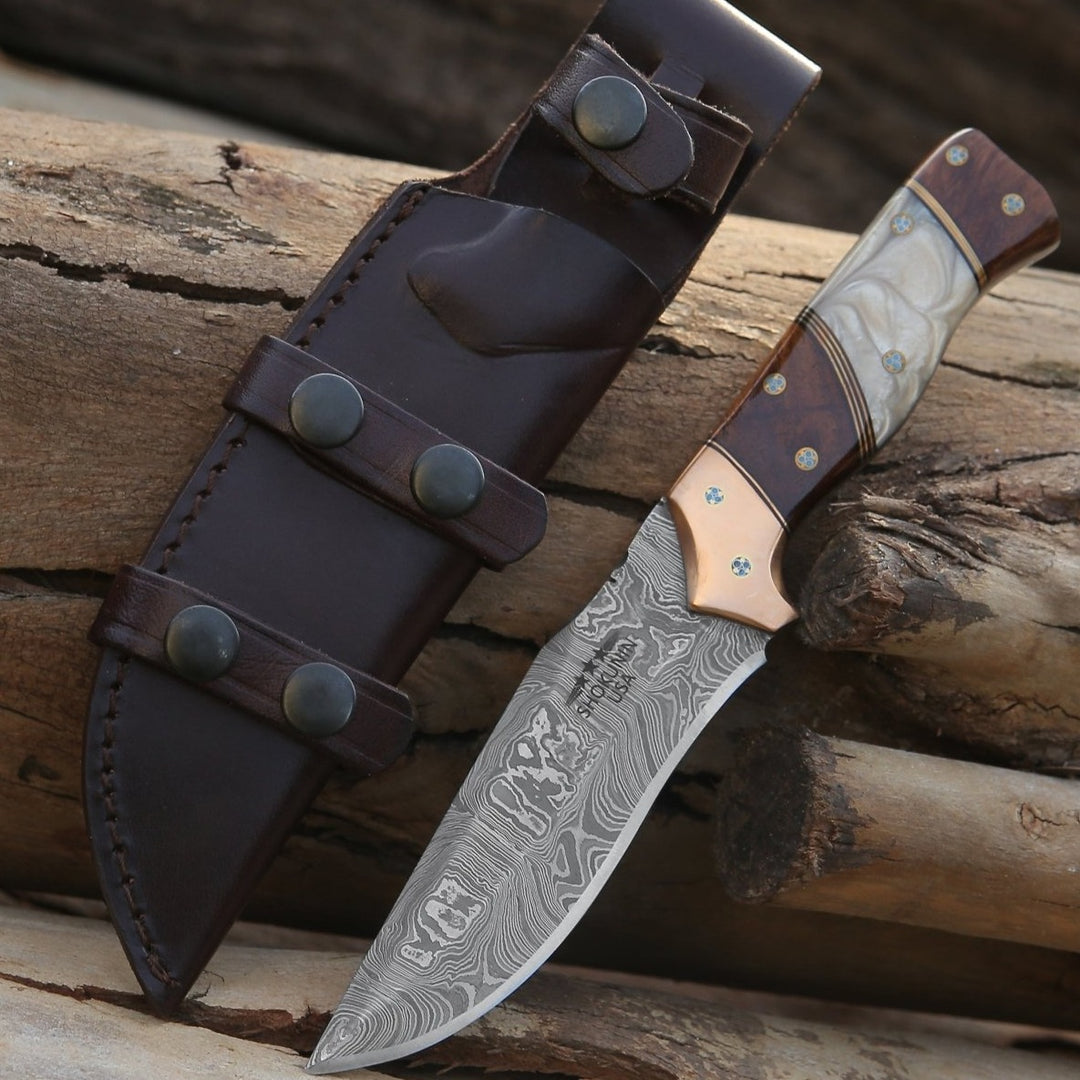
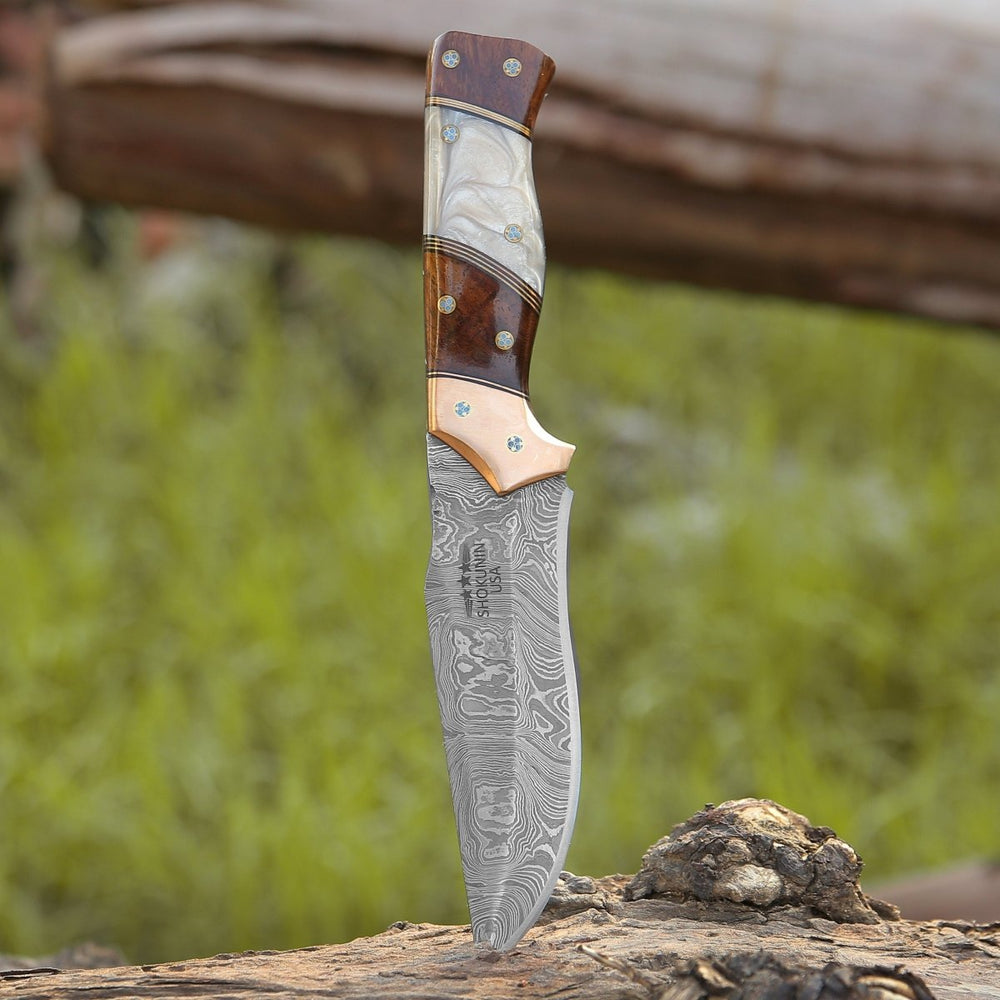


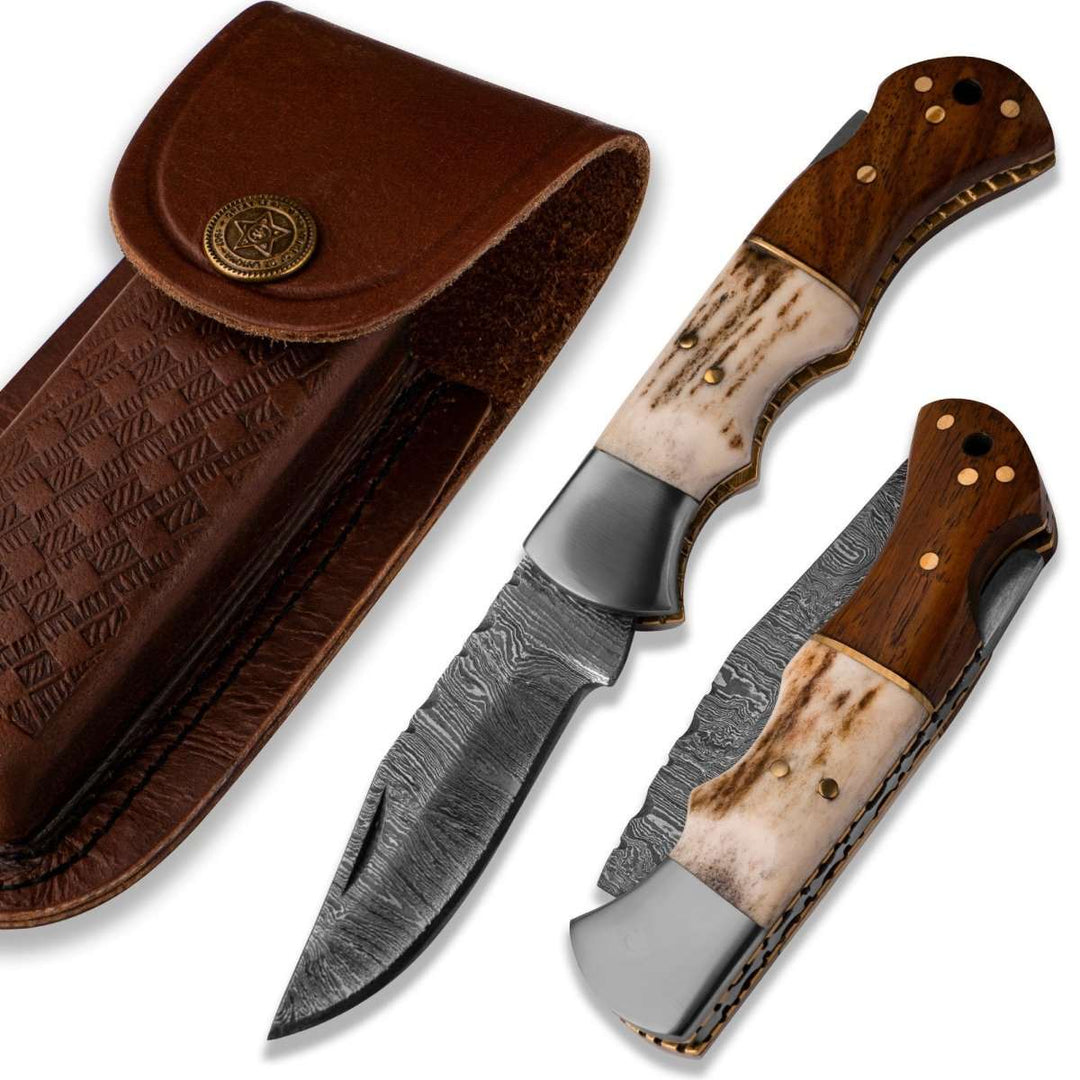





Hinterlassen Sie einen Kommentar